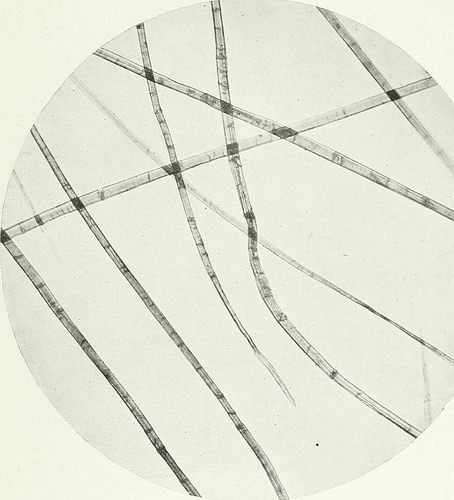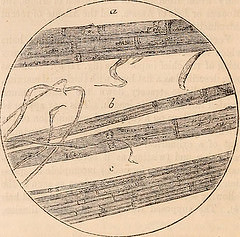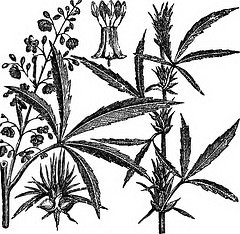Among the roaring marijuana debate between liberal leftists and the reserved right wing, the science world has remained considerably mute on the issue of cannabis. Despite holding vast quantities of information on the plant, scientists and doctors lie in the shadows behind overt politicians, new-age musos and enraged soccer moms.
A plethora of statements encircle pot politics, where the touted pain-relieving properties of medicinal marijuana are stacked against the feared health hazards of cannabis use. Do clinical evidence and scientific studies reveal a truth more akin to flowers and space cake or insomnia and drug addiction?
Marijuana contains the substance THC which is known by the majority of people yet assumed without a chemical clue, to be toxic or addictive. THC, short for some long nerdy name you’ll never remember anyway, has been administered in various molecular forms to cancer, HIV and multiple sclerosis sufferers for years with evident success. A recent publication in the British Journal of Anaesthesia 2008 supported the notion of cannabis as an effective way to manage various types of pain, however, codeine and other pain-relieving substances showed similar success.
Before you light your bong in celebration, a 2007 systematic review of the effects of marijuana and psychotic illnesses revealed a dose-related correlation between spliffs and psychosis. The people who lit up more frequently, for a longer number of years and with more potent pot suffered from more mental health issues than non users. It is important to maintain perspective on the fact that excessive abuse of marijuana correlates with mental health complications. Most substances consumed in excess, from candy to cocaine, may have multiple horrifying results including obesity and Keith Richards.
Regarding the effects of marijuana on lungs, more research is required to produce a conclusive result, however, various trials have produced some interesting findings. A publication in the 2010 European Respiratory Journal found cannabis and tobacco had different effects on the lungs, the latter producing severe obstruction of air flow and poor oxygen transfer. Marijuana did not produce these effects, however a 2009 article in the Canadian Medical Association Journal showed links between marijuana, tobacco and COPD (medical jargon for what you know as emphysema). However, tobacco shows consistently more severe effects on lung function and to date, is the only proven preventable cause of lung cancer.
As for the positive benefits, clear the smoke from your eyes and take a look at The Netherlands. A country which legalized marijuana in 1976, is one of the wealthiest, economically stable and prospering countries in the European Union. Interestingly, it is juvenile travellers loading up on their right to get high who are the greatest inconvenience among Dutch society. While alcohol and cigarettes continue to top the death polls in most countries, there is not one recorded reefer-related death in The Netherlands. On the other hand, prescription drug overdose accounted for 20, 950 deaths in the US in 2004.
It seems the highly infectious symptoms of marijuana, including intense fits of laughter, imbecilic smiling and cookie-crumbed couches are hardly reason enough to outlaw the substance when a host of more toxic agents are not only legal, but advertised across the United States and other Western countries. While the debate may continue to rage in the media, research is constantly being released online by less-verbal scientists and medical foundations. Like most relationships, intimate moments with maryjane may mess with your mind. Yet amongst our precarious love affair with fast food, cigarettes and booze, this relationship is unlikely to be fatal.
Article Source:
http://EzineArticles.com/expert/Jessica_E_Evans/824079




